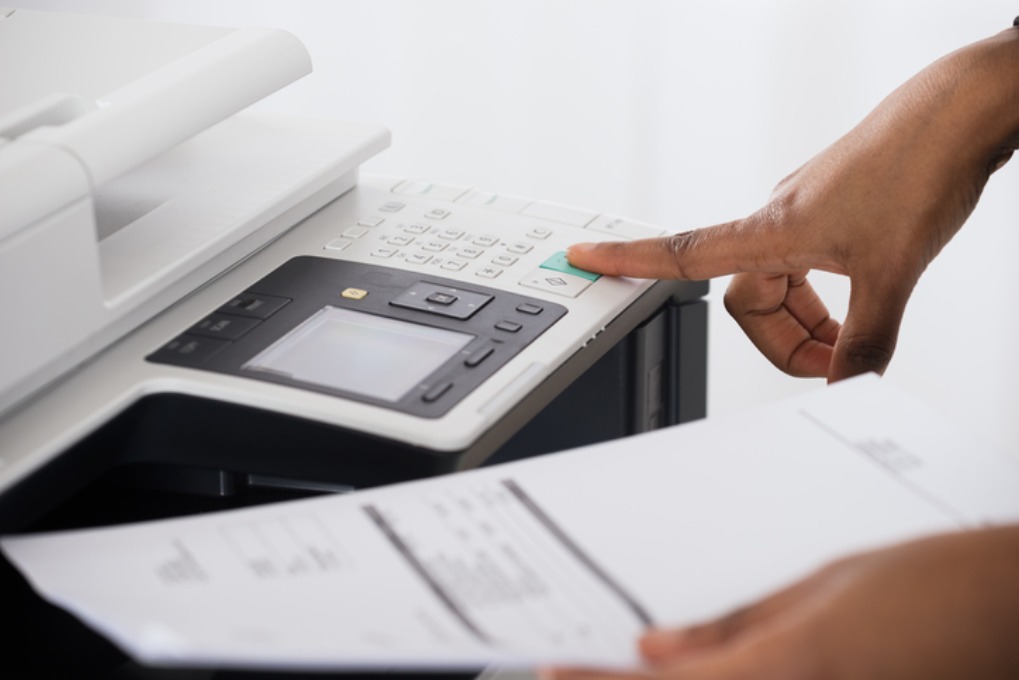If you can imagine it, the first fax machine dates back to 1843 when engineer Alexander Bain introduced his “electric printing telegraph.”
By 1970, fax machines were used mostly by Fortune 500 companies, cost $18,000, weighed more than 100 pounds, and took 6 minutes to send one page.
Today, faxing may seem archaic and akin to the rotary phone, 8 track tapes, and the Apple Macintosh.
Yet just as vinyl has never truly gone away—and is even making a comeback—HIPAA-compliant faxing is one technology that continues to play a pivotal role in how health systems send and receive critical information, operate, and care for their patients.
According to a 2019 report, 90% of healthcare continues to rely on faxing.
Here, learn why HIPAA-compliant faxing continues to stick, how to address its limitations, and what the future holds.
The benefits of HIPAA-compliant faxing
One would think that in 2022, email would be the name of the game.
After all, it’s easy, convenient, and everyone has it. Yet not all email services have end-to-end encryption, which can leave organizations open to security risks.
Therefore, faxing—a reliable, convenient, and secure way to send information between doctors, facilities, and health systems—has remained a primary method of communication.
Of course, like any technology, faxing has its limitations.
It takes more time and isn’t as efficient as other technologies, it can limit the amount of information available at the point of care and prevent optimal care coordination, all of which can negatively impact patient safety and drive costs for organizations.
When it comes to traditional, paper-based faxing, it also carries security and HIPAA-compliance risks, if for example, a fax number isn’t accurate or hasn’t been updated.
Nevertheless, faxing is still a go-to communication as interoperability remains an ongoing challenge for healthcare.
Although EHRs are ideally meant to securely exchange information between providers, it’s not fool-proof.
According to a report from the Office of the National Coordinator for Health Information Technology (ONC), in 2018, only 46% of hospitals could send, receive, find, and integrate data into their EHRs from sources outside of their organizations.
Paperless and digital faxing solutions are on the rise
Although many organizations still have dedicated fax machines and use paper-based faxing, paperless faxing is becoming more widely used.
According to a 2019 survey by IDG MarketPulse, 44% of medical communications are paper-based fax, while 56% are paperless, electronic fax.
Since it integrates with the EMR, EHR, HCIS, and other systems and applications, digital faxing has many benefits:
- more efficient
- saves time
- ensures providers have critical information when and where they need it
- reduces waste and costs
Digital faxing can also be connected to any device including laptops, tablets, and smartphones.
What is the future of HIPAA-compliant faxing?
In 2018, CMS Administrator Seema Verma stated, “If I could challenge developers on a mission, it’s to help make doctors’ offices a fax free zone by 2020.”
Although physical fax machines will be a thing of the past, it’s not likely faxing will go away entirely, so new solutions will become vital.
Hospitals need systems that simplify hospital communications, can integrate with EHRs and HCIS, don’t require an API to extract data, and allow for information from any source to be transferred into an encrypted and HIPAA-compliant format for automated report distribution.
Additionally, solutions that don’t disrupt existing hospital communication workflows but allow for the automated, secure, HIPAA-compliant distribution of communications are the key for efficiency, patient safety, and cost reduction.
Our new Beacon platform is a vendor-agnostic solution that simplifies hospital communications, giving you the flexibility to manage and deliver messages from multiple sources—tailored to user preferences—to improve operational efficiency.
Learn how hospital data distribution fax software can help your organization today.


